Minnesota contains numerous locations away from the main tourist circuits. The state stretches from the shores of Lake Superior to the southern prairies, encompassing historic lighthouses, underground mines, waterfalls, and Japanese gardens. Visitors find both natural landscapes and cultural sites that tell the story of the region's history. Notable locations include prehistoric rock carvings at Jeffers Petroglyphs Site, where indigenous peoples left their marks thousands of years ago, and sacred trees of Ojibwe culture. The geological formation known as Devil's Kettle, a waterfall whose course puzzled scientists for years, attracts visitors interested in natural phenomena. Historic mines provide insight into Minnesota's industrial past, while lighthouses recall the maritime history along the largest of the Great Lakes.
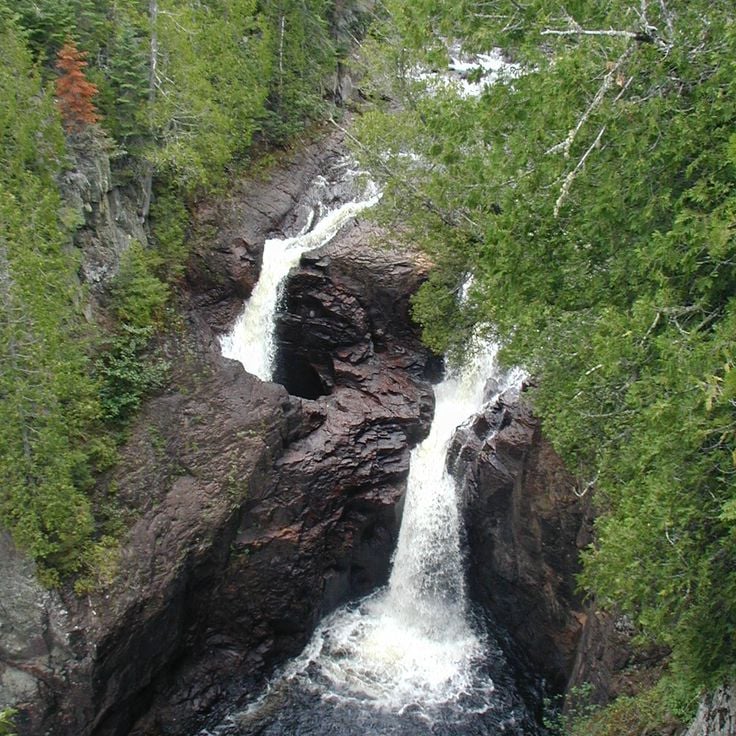
Minnesota, United States
The Brule River splits at Devil's Kettle into two separate waterfalls. The eastern waterfall plunges into a deep cylindrical hole in the volcanic rock and disappears underground. Despite scientific studies using dyes, the destination of this water remains puzzling, as no visible exit point has been found. The western waterfall follows a normal river course downstream. This geological formation is located in Judge C.R. Magney State Park, approximately 22 kilometers northeast of Grand Marais along the North Shore of Lake Superior.
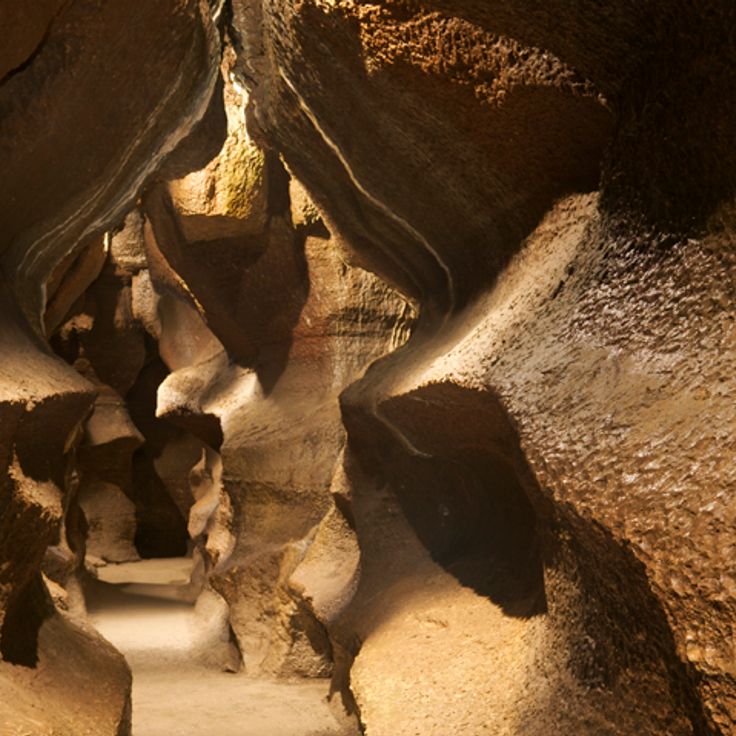
Harmony, United States
Niagara Cave is a limestone cavern located in southeastern Minnesota that offers visitors access to an underground world. This geological formation developed over millions of years through the erosion of limestone bedrock. Inside the cave, an underground waterfall plunges 18 meters into the depths. Guided tours showcase stalactites, stalagmites, and other mineral deposits that have formed over time. The cave maintains a constant temperature of approximately 10 degrees Celsius throughout the year.
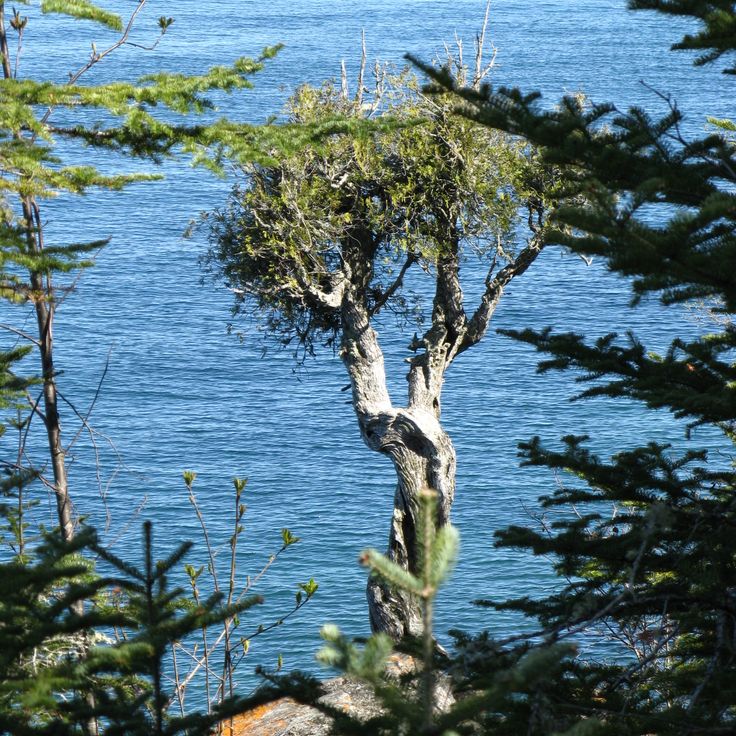
Grand Portage, United States
The Witch Tree is a 400-year-old white cedar growing from a rock outcrop on the shore of Lake Superior. This tree holds sacred significance for the Ojibwe people as a spiritual site and cultural landmark. It stands on an exposed cliff face, having withstood centuries of harsh lake conditions. The Ojibwe call it Manido Giizhikens, meaning little spirit tree. Access to the tree is through the Grand Portage Reservation and requires permission from the tribal community.
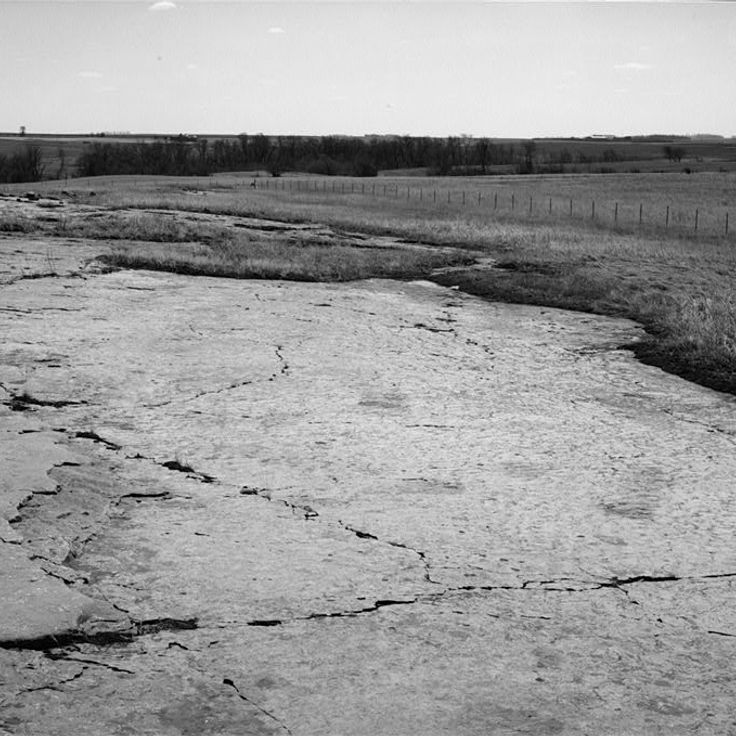
Comfrey, United States
The Jeffers Petroglyphs present over 5000 rock carvings on red quartzite created by prehistoric peoples through to the Dakota. This archaeological site spans several acres of prairie land and preserves depictions of humans, animals, tools, and spiritual symbols. The carvings were etched into the rock over a period of 7000 years and provide insight into the religious practices, hunting traditions, and daily life of the indigenous communities of this region.
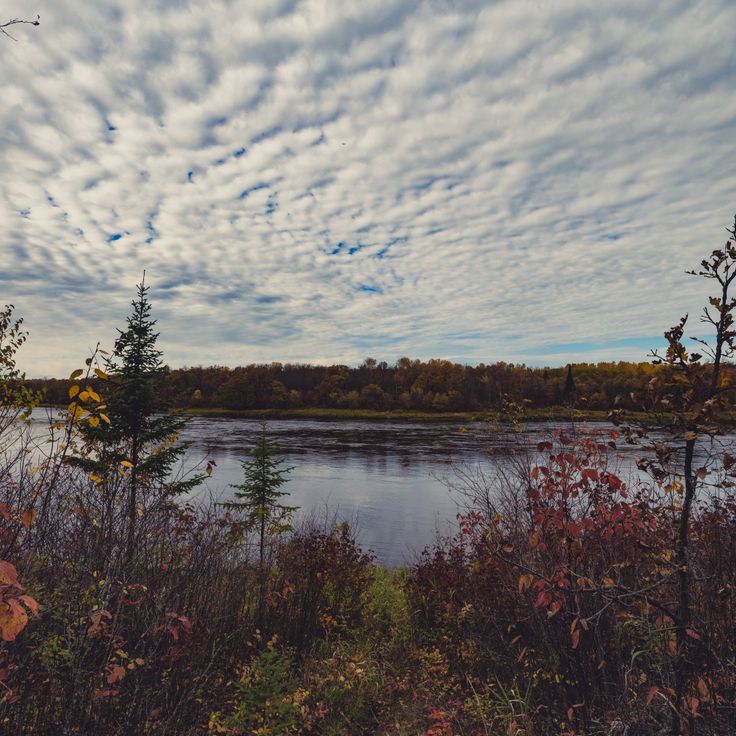
Minnesota, United States
Franz Jevne State Park stretches along the Rainy River at the Canadian border. The park features hiking trails through forested areas and along the riverbank. Anglers can access fishing spots for northern pike, walleye, and other species. Several observation points provide views of the river and the Canadian shoreline. The park includes picnic areas and serves as a launch point for boat trips on the Rainy River.

Duluth, United States
Glensheen Historic Estate was constructed between 1905 and 1908 for Chester and Clara Congdon and stands as a 39-room Jacobean Revival mansion. The residence maintains its original early 20th-century furnishings, including handcrafted furniture, Tiffany glasswork, and European tapestries. The property extends across 4.9 hectares along the Lake Superior shoreline and incorporates formal French-style gardens, a boathouse, and several auxiliary structures. The estate operates as a museum and documents the life of a wealthy Minnesota mining family during the early industrial era.
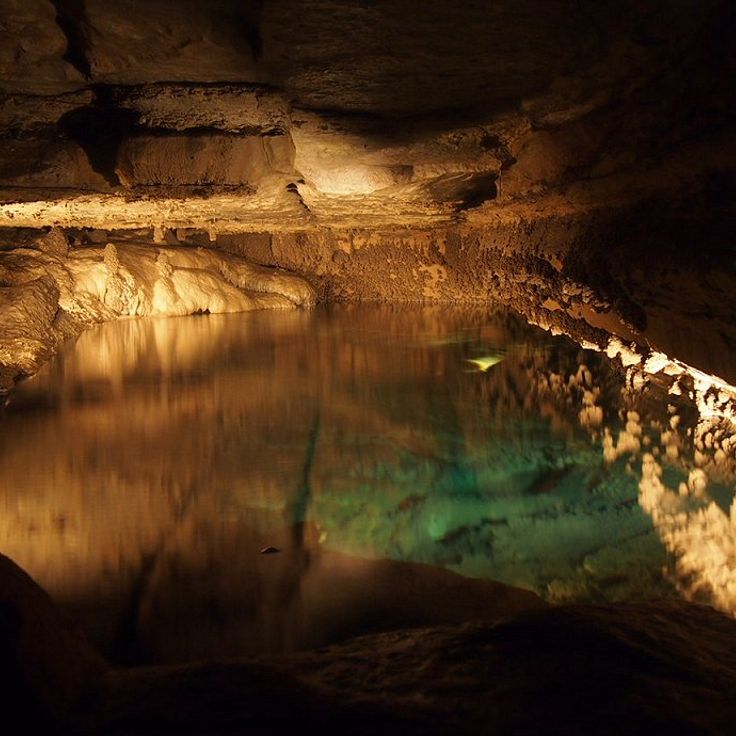
Preston, United States
This cave extends more than 21 kilometers beneath the surface of Fillmore County, forming one of the longest cave systems in Minnesota. The interior of Mystery Cave displays various geological formations, including stalactites, underground pools, and fossils from the Ordovician period dating back approximately 450 million years. The park area also includes the restored 19th-century historic settlement of Forestville. Guided tours provide access to different chambers and passages, where visitors experience the constant temperature of about 8 degrees Celsius and the natural underground waters.
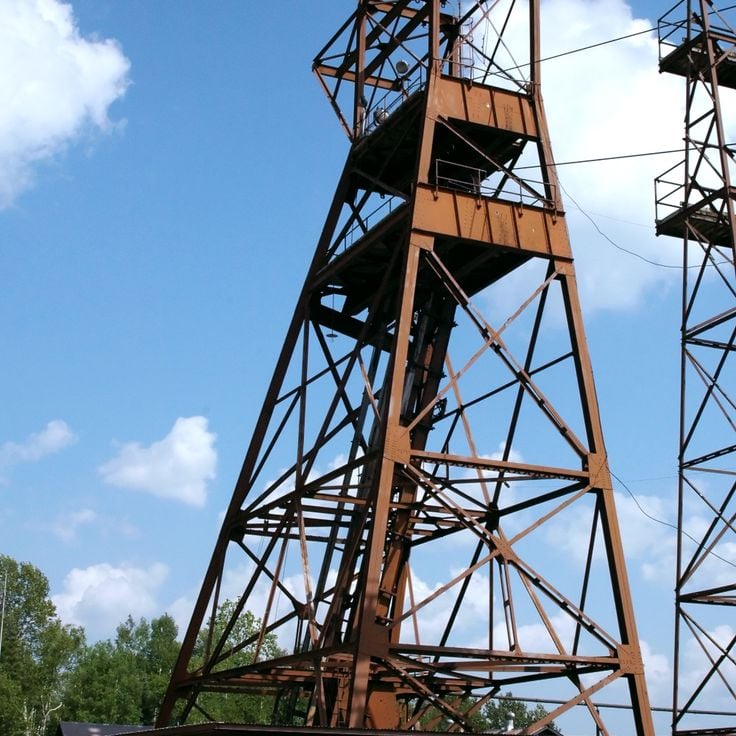
Minnesota, United States
Soudan Underground Mine State Park preserves a historic iron ore mine that operated from 1882 to 1962. Visitors descend 800 meters below ground in a cage elevator to explore underground tunnels where miners extracted hematite for decades. The site includes the original drill house, engine rooms, and exhibits on the region's mining heritage. The mine produced over 15 million tons of iron ore during its operation and employed thousands of workers from various immigrant communities.
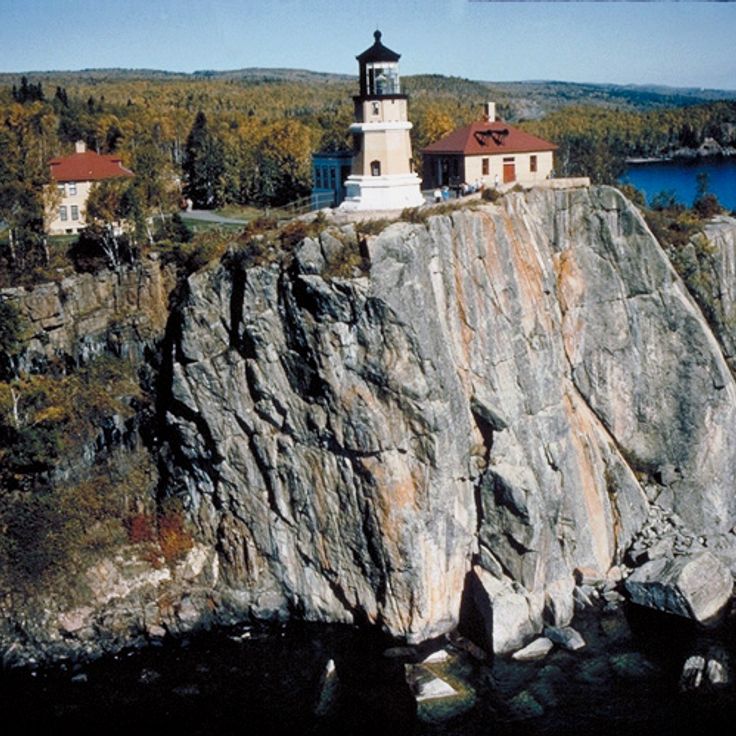
Two Harbors, United States
Split Rock Lighthouse was built in 1910 following a series of severe storms on Lake Superior. The beacon stands on a 130-foot cliff of volcanic rock and served navigation until 1969. The surrounding state park preserves the original fog signal building, the keeper's house, and other historic structures. Visitors can climb the tower and view exhibits on maritime history. The park's dark basalt coastline and forests offer hiking trails along Lake Superior.
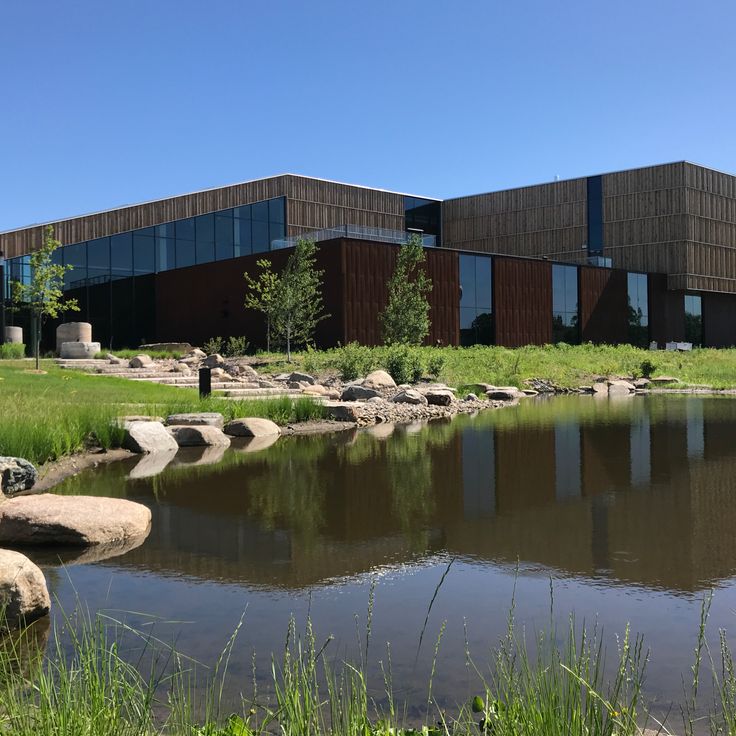
Saint Paul, United States
The Bell Museum of Natural History sits on the University of Minnesota campus and presents the region's natural history through mounted wildlife displays in realistic habitat settings. The geological collections document Minnesota's earth history with minerals, fossils, and rock specimens. The digital planetarium offers astronomy and space exploration programs under its modern dome. The museum serves as both a research facility and educational center for natural sciences.

Park Rapids, United States
Itasca State Park was established in 1891 as Minnesota's first state park. The protected area covers more than 130 square kilometers and contains over 100 lakes of varying sizes. The most famous is Lake Itasca, the source of the Mississippi River. Visitors can walk to the headwaters of North America's longest river system and cross the water at its origin point. The park preserves extensive forests with centuries-old pine trees and offers numerous trails through diverse ecosystems. Wildlife includes white-tailed deer, beavers, otters, and over 200 bird species. Historic logging camps and archaeological sites document human use of the region.
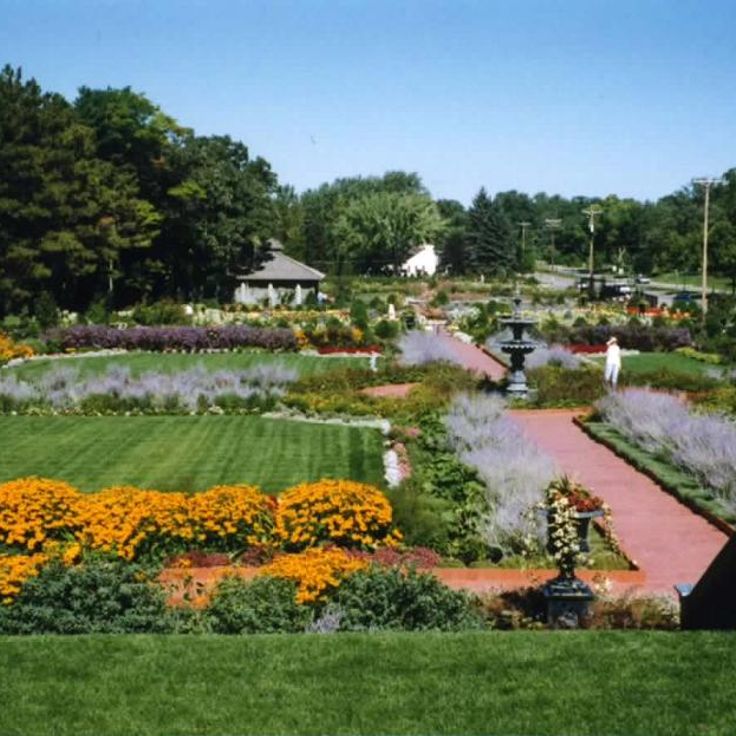
Saint Cloud, United States
The Munsinger and Clemens Gardens span 14 acres along the Mississippi River in Saint Cloud. These public gardens were established in the 1930s and feature distinct garden areas with over 1,000 rose bushes, perennial flower beds, and seasonal displays of annual plantings. The formal Clemens Garden offers geometric beds and fountains, while the naturalistic Munsinger Garden provides winding paths through shaded areas with native plantings.
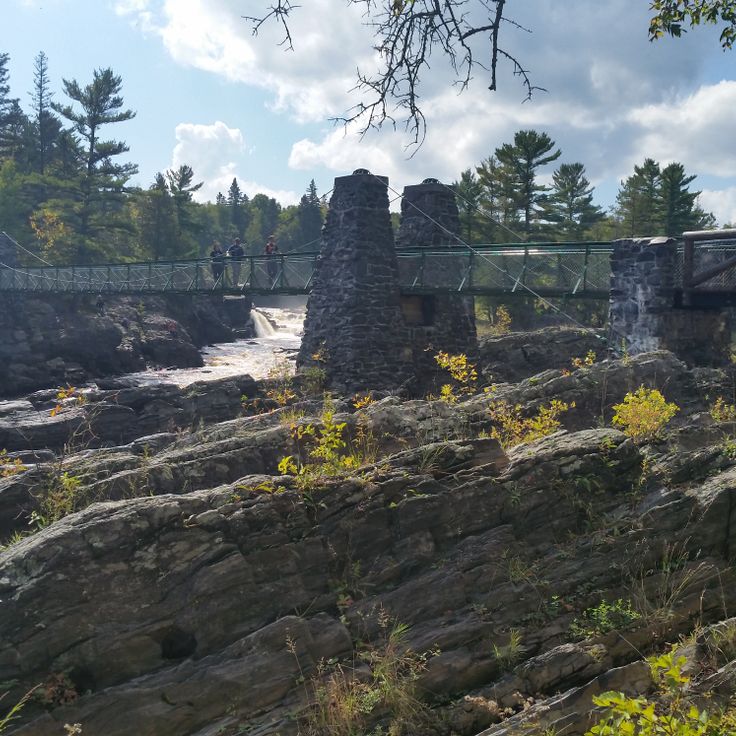
Carlton, United States
This steel suspension bridge was built in 1922 and spans the St. Louis River in Jay Cooke State Park. The structure connects hiking trails on both sides of the river, allowing visitors to explore the forested areas of the park. The historic construction stands as a testament to early engineering in Minnesota and provides a functional crossing through the park's landscape.
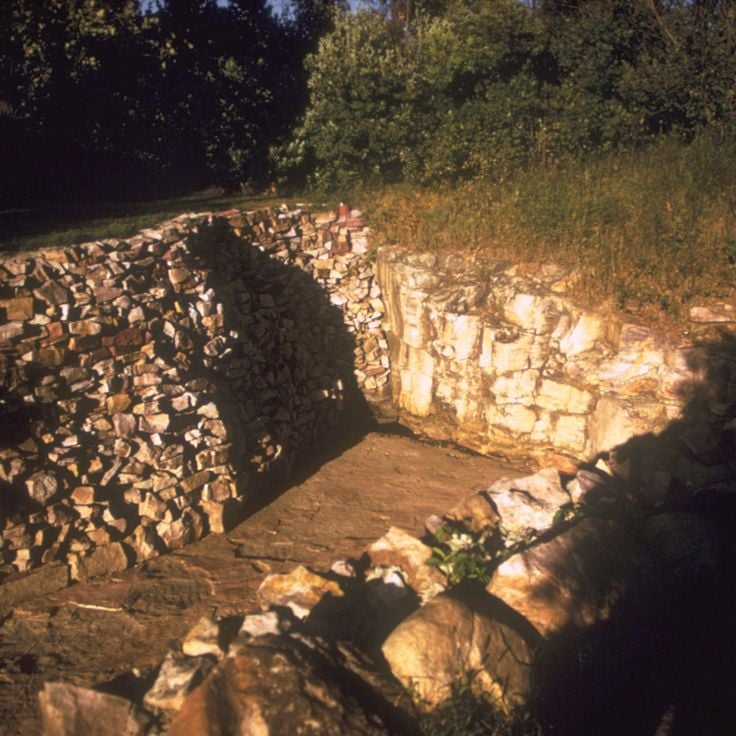
Pipestone, United States
Pipestone National Monument protects a quarry of red quartzite that indigenous peoples of North America have extracted for several centuries. This soft red stone is traditionally used to craft ceremonial pipes that hold central importance in spiritual rituals. The site is considered sacred by many tribes, who retain the right to quarry material here. A walking trail leads visitors through the prairie to the active quarrying areas, offering insight into this ancient practice. The visitor center presents exhibits on the geological formation of the stone and the cultural significance of pipe making.
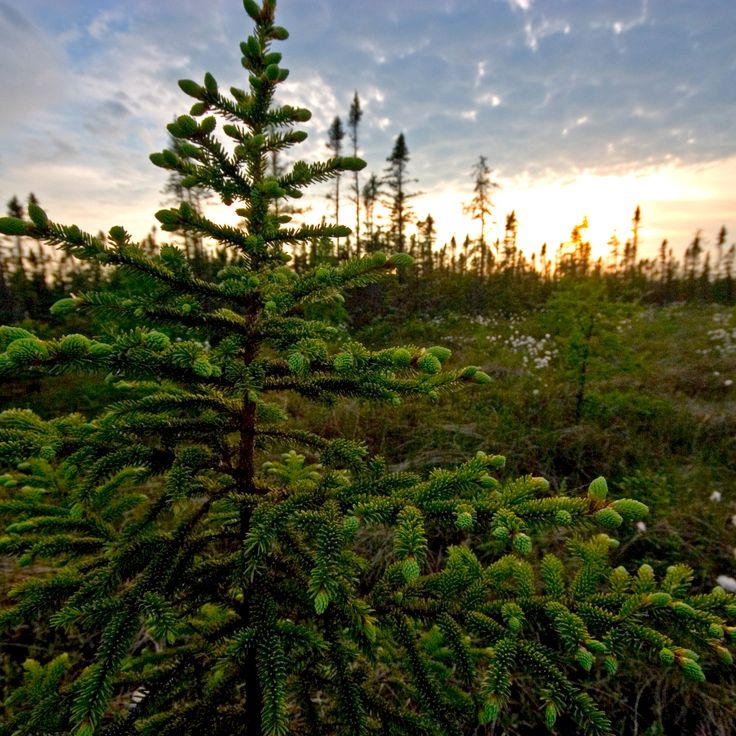
Waskish, United States
Big Bog State Recreation Area protects one of the largest peat bogs south of Canada. This remote natural landscape covers 500 square kilometers and supports a distinctive northern flora and fauna. An 800-meter wooden boardwalk guides visitors through the wetland environment, enabling observation of rare plant species including carnivorous sundews and northern orchids. Several viewing platforms provide opportunities for wildlife watching, with moose, black bears, and over 200 bird species recorded in the area. The bog formed approximately 10,000 years ago following glacial retreat.
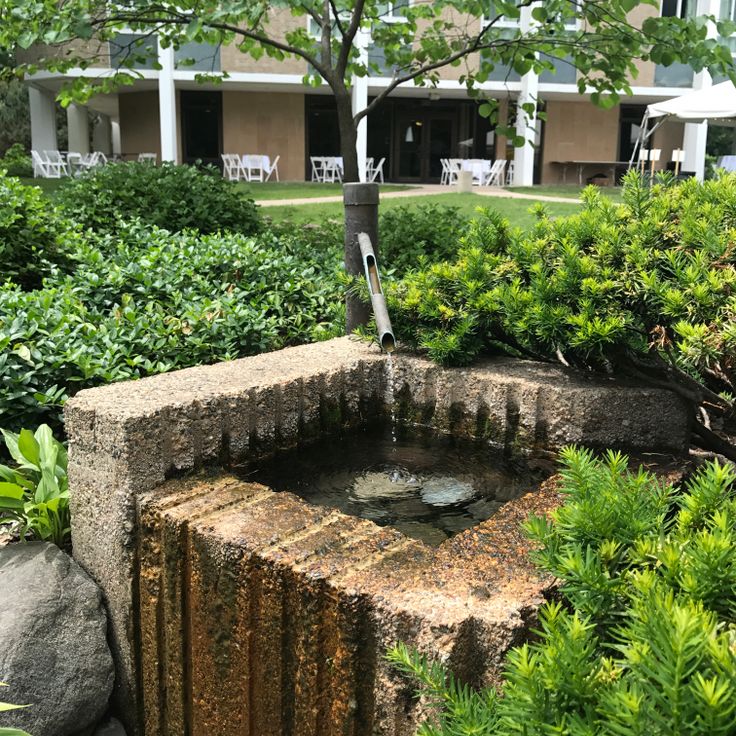
Northfield, United States
The Garden of Silence is located on the Carleton College campus and follows principles of Japanese garden design. The garden features a pond with koi fish, several wooden bridges, and a selection of traditional Japanese plant species. The space serves as a place for meditation and rest for students and visitors. Created by students and faculty members, the garden is maintained by volunteers.
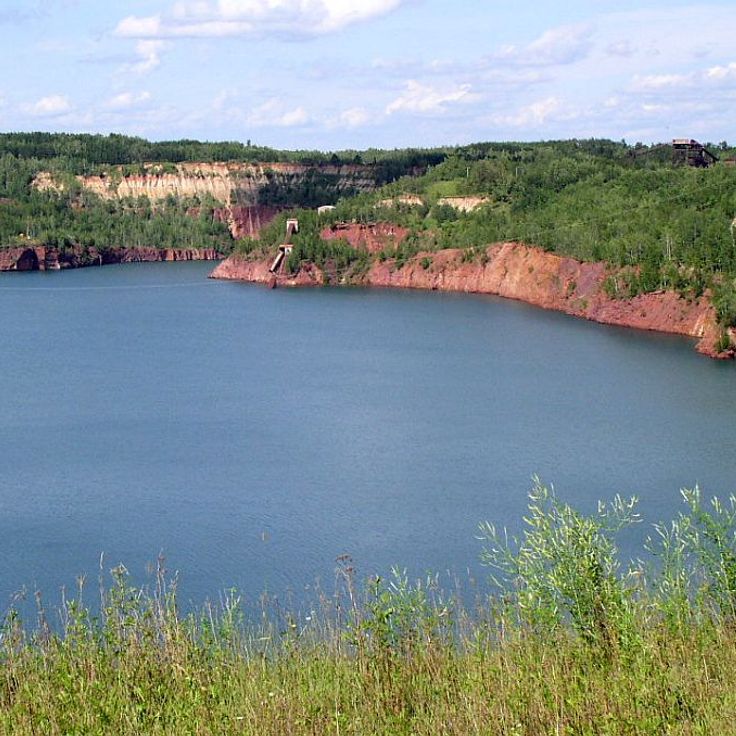
Calumet, United States
Hill Annex Mine State Park preserves the remains of an open-pit mine that extracted iron ore between 1913 and 1978. The site displays hoisting towers, rail tracks, and processing structures from the mining era. Visitors can take guided tours through the former pit to examine geological formations and learn about the working methods of the iron industry. The park also includes a fossil collection area where prehistoric marine deposits have been exposed.

Hastings, United States
Old Mill Park preserves the remains of a 19th-century grain mill along the banks of the Vermillion River. The stone ruins stand as evidence of Hastings' industrial past, when water power drove the local economy. Visitors can walk among the preserved walls and observe the construction techniques of the era. The park provides river access and connects historical heritage with natural surroundings.
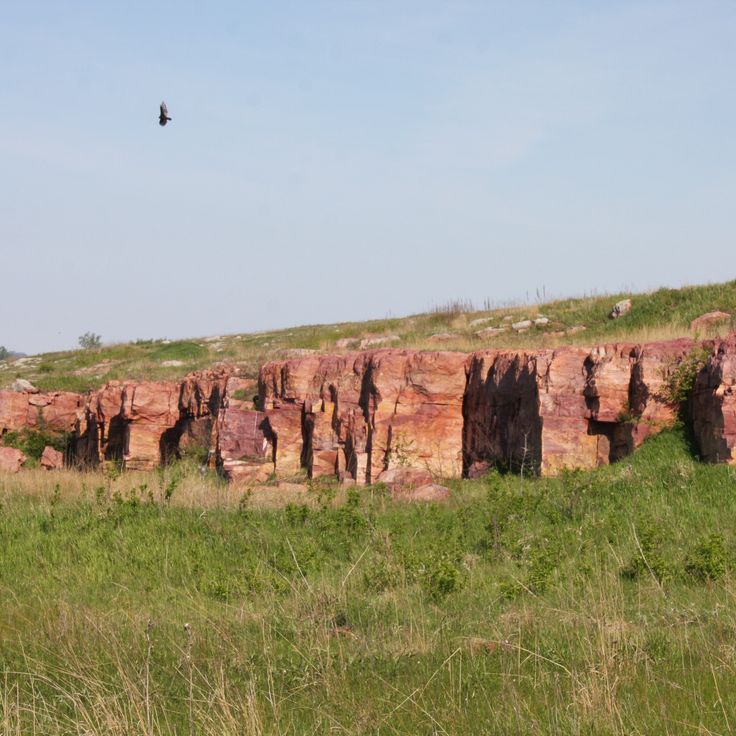
Luverne, United States
Blue Mounds State Park covers 750 hectares of prairie grassland in southwestern Minnesota. A 30-meter quartzite cliff dominates the landscape and serves as a landmark in the region. The park maintains a herd of approximately 100 plains bison that graze within a fenced area. Hiking trails wind through the prairie vegetation and along the rock face. The quartzite formation dates back over one billion years and has been exposed through erosion. Visitors can explore the geological features and observe native prairie flora throughout the reserve.
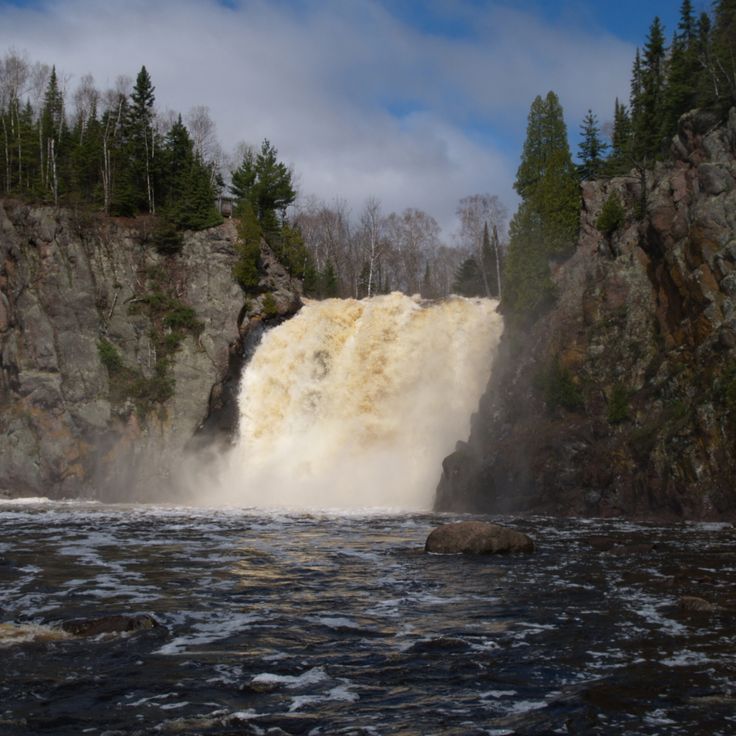
Silver Bay, United States
Tettegouche State Park stretches along the North Shore of Lake Superior, protecting over 8 miles of rocky coastline. The preserve encompasses dense forests, six inland lakes, and several waterfalls, including the High Falls on the Baptism River, which at 60 feet are the highest in Minnesota. Basalt cliffs rise directly from the lake, offering viewpoints over the water. The terrain formed through volcanic activity over a billion years ago. Hiking trails traverse different vegetation zones with coniferous and mixed forests. The park sits between the communities of Silver Bay and Tofte along Scenic Highway 61.
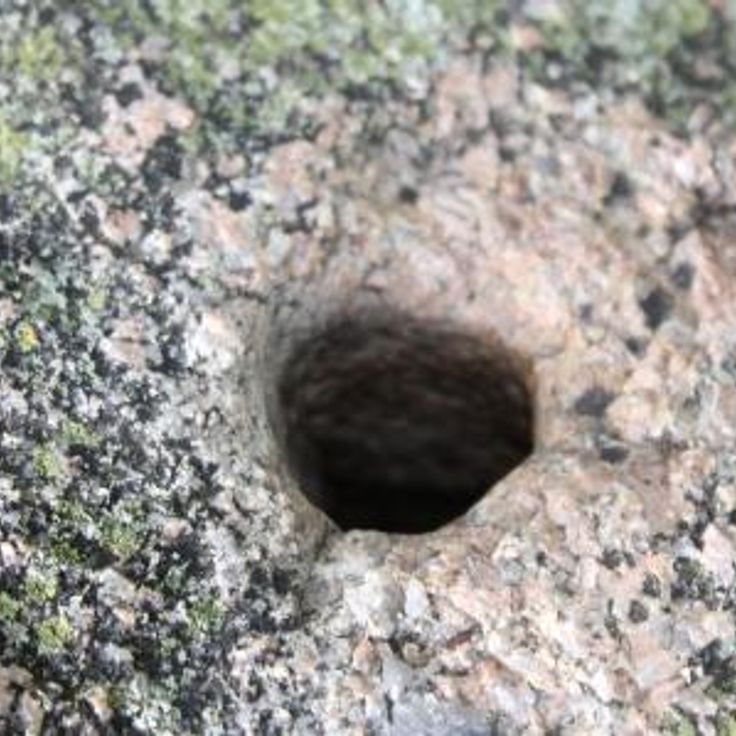
Alexandria, United States
This massive granite boulder from the glacial age rises near Alexandria and connects to Minnesota's Scandinavian history. The Viking Altar Rock weighs several tons and bears inscriptions commemorating the Norwegian and Swedish immigrants who settled in this region during the 19th century. The formation serves as evidence of the area's geological past and cultural ties to Nordic tradition.
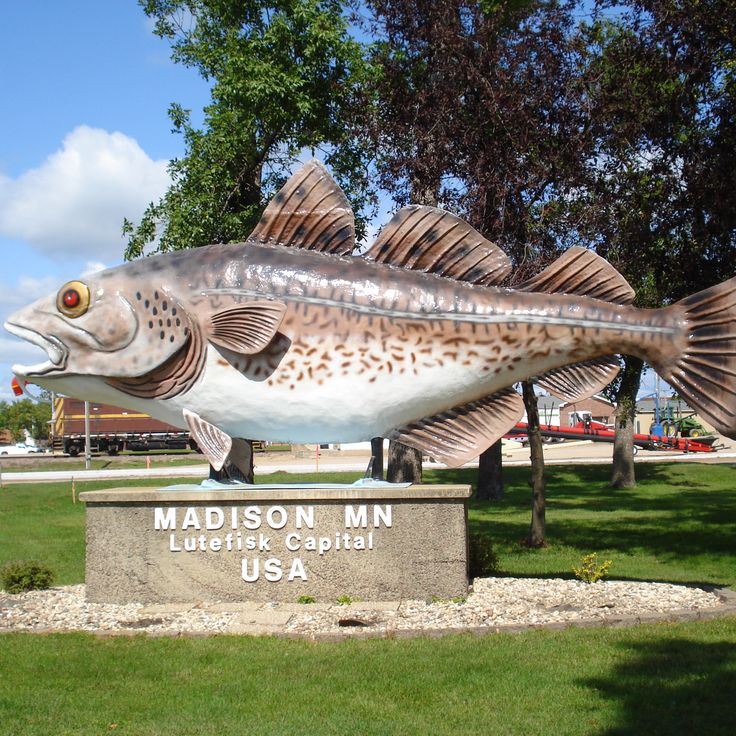
Madison, United States
Lou T. Fisk stands as a 7.6-meter metal sculpture at the entrance to Madison. Erected in 1982, this gleaming fish represents a cod and honors Lutefisk, the traditional Norwegian dish of dried and reconstituted fish. The sculpture reflects the town's Norwegian heritage and the culinary traditions brought by Scandinavian immigrants who settled in the region during the 19th century. Lou T. Fisk serves as Madison's landmark and a testament to the Norwegian roots that shaped the community's cultural identity over generations.
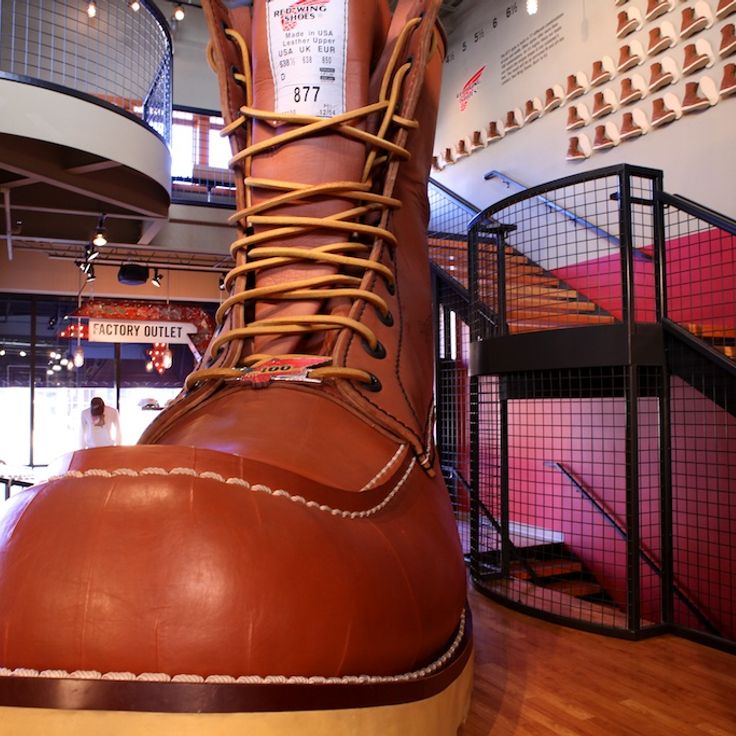
Red Wing, United States
This 16-foot-tall brown work boot stands in the Red Wing Shoe Museum, demonstrating the craftsmanship of the local shoe factory. The monumental boot was created by the Red Wing Shoe Company, which has been producing quality work footwear since 1905. The museum presents the history of shoe manufacturing in Minnesota and displays historic tools, machinery, and production methods used across generations.
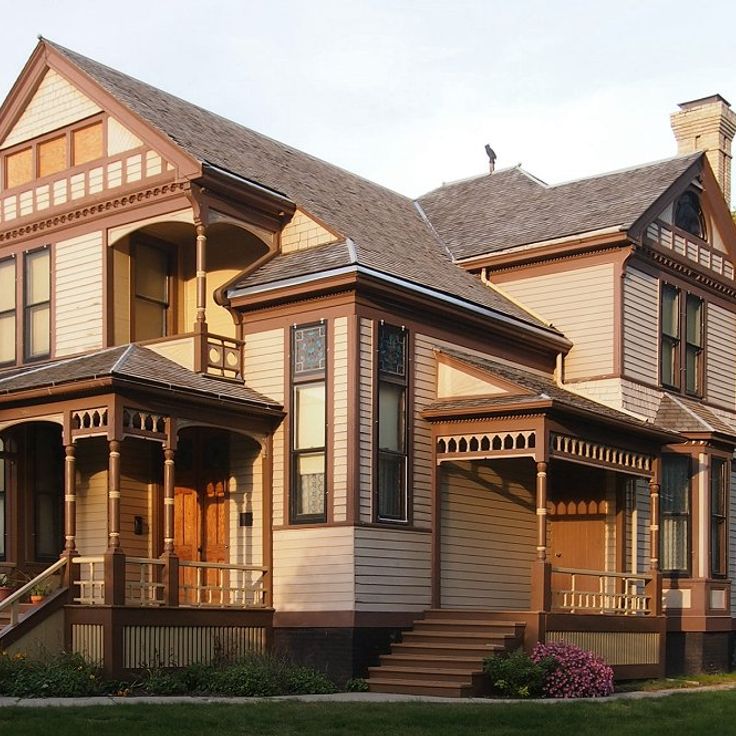
Moorhead, United States
The Comstock House was constructed in 1883 in Victorian style and presents the life of an influential Moorhead family. This residence preserves original furniture, personal belongings, and documents of the Comstock family across several generations. The rooms display authentic late 19th-century interiors featuring wood paneling, stained glass windows, and handcrafted details. This historical site documents the region's development during the pioneer era and provides insight into the daily life of prosperous families in Minnesota at that time.
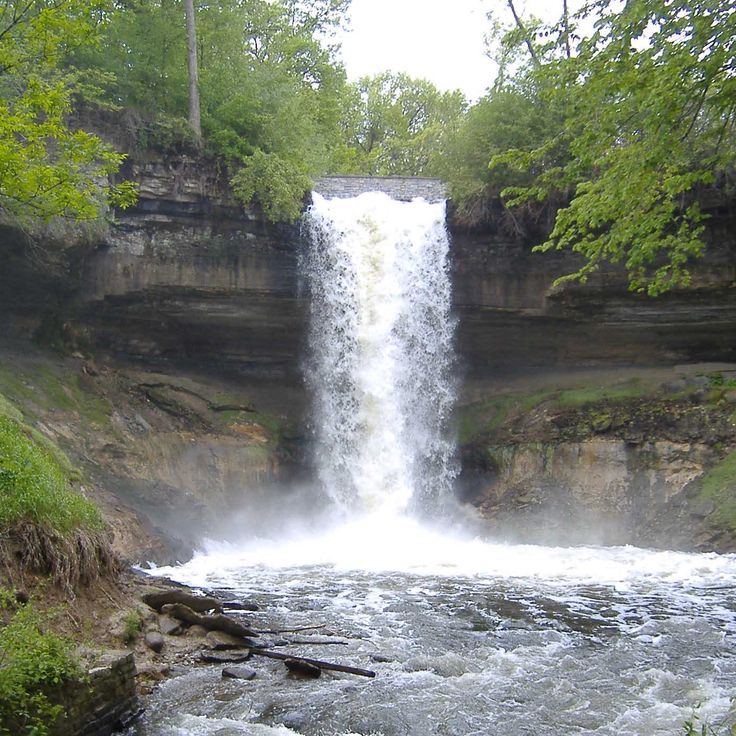
Minneapolis, United States
Minnehaha Falls is located in Minnehaha Regional Park in south Minneapolis. The water from Minnehaha Creek drops 16 meters over limestone formations before flowing into the Mississippi River. The park covers 77 hectares along the river gorge and features several hiking trails that lead to viewpoints overlooking the falls. During winter, the cascade partially freezes, creating ice formations. The name comes from the Dakota language and means curling water, referring to the shape of the falling water.

Minneapolis, United States
The James J. Hill Stone Arch Bridge was built in 1883 as a railroad crossing and spans 640 meters across the Mississippi River. The structure consists of 23 arches constructed from limestone and granite. After rail service ceased in 1978, the bridge was converted into a public pedestrian and bicycle path. It connects the historic Mill District of Minneapolis with the riverbanks and provides direct access to Saint Anthony Falls. The bridge is listed on the National Register of Historic Places and represents the industrial development of the city during the 19th century.
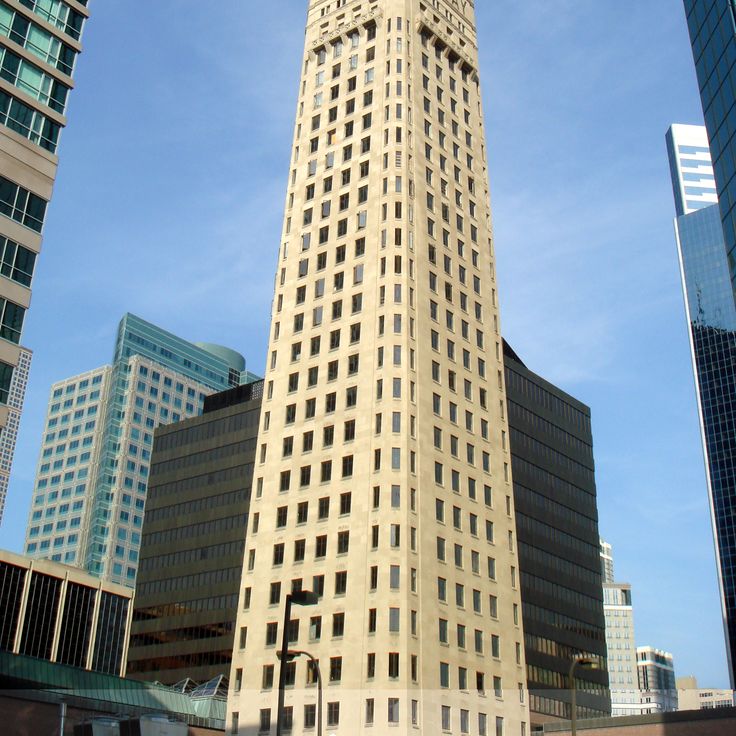
Minneapolis, United States
The Foshay Tower was completed in 1929 and became the first building in Minneapolis to reach 32 stories. This structure represented a significant milestone in the city's architectural development and served as a downtown landmark for decades. Today, the tower houses a hotel and features a museum on its top floor that chronicles the building's history and the growth of Minneapolis.
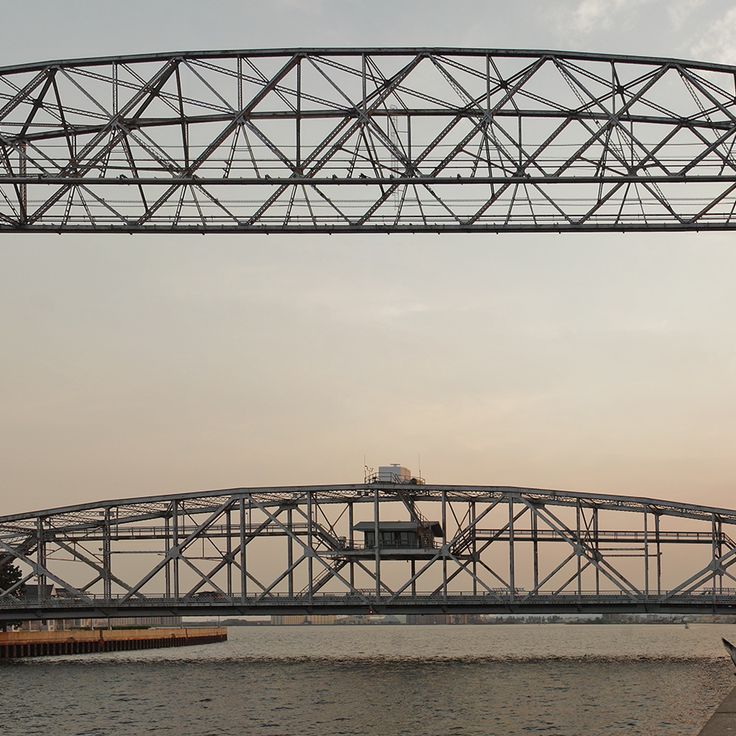
Duluth, United States
The Aerial Lift Bridge in Duluth is a vertical lift bridge made of steel that rises to a height of 42 meters to allow ships to pass through. This engineering structure connects the port of Duluth to Lake Superior and has been in operation since its completion in 1905. The mechanism lifts the entire roadway platform upward rather than moving it laterally, making this bridge one of the few of its kind in North America.
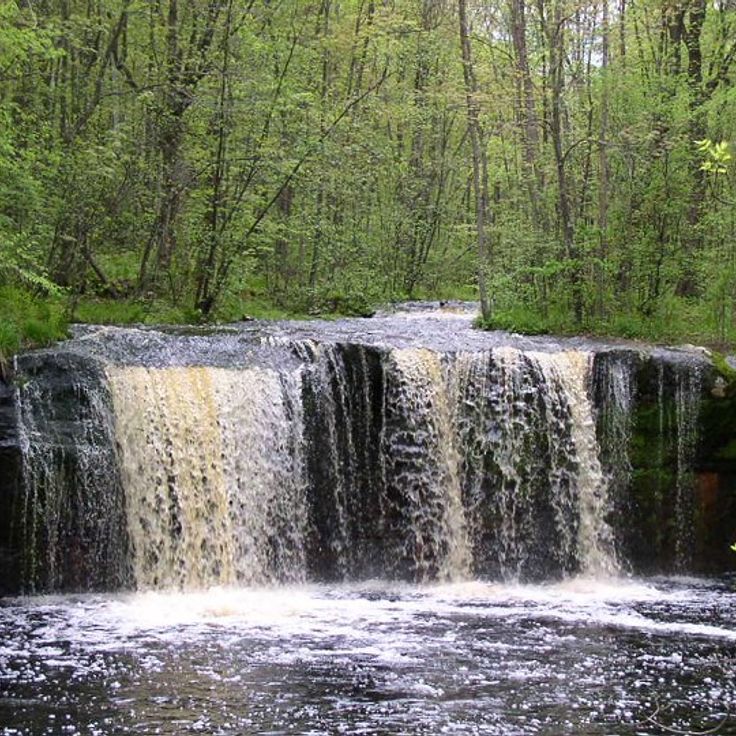
Minnesota, United States
Banning State Park stretches along the Kettle River and preserves a historic quarry site along with remnants of a former sandstone industry. The park provides access to several rapids, including Hell's Gate and Little Devil, which flow through the river channel. Hiking trails wind through forests and along sandstone rock formations dating from the Devonian period. The grounds also include ruins of the Banning Sandstone Quarry, which operated until the early 20th century.
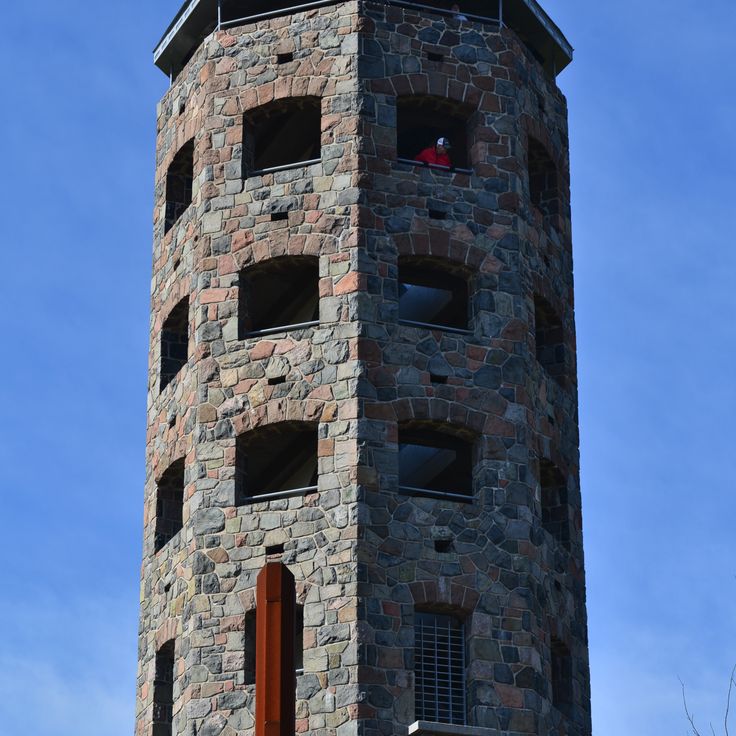
Duluth, United States
Enger Tower rises above Enger Park in western Duluth and was built in 1939 from local blue stone. Bert Enger, a Norwegian immigrant and successful businessman, bequeathed the land to the city for this public park. The 16-meter observation platform provides views of Duluth Harbor, Lake Superior, and the surrounding forests. The tower serves as a memorial to the Scandinavian settlers of the region and connects architecture with Minnesota's immigration history.
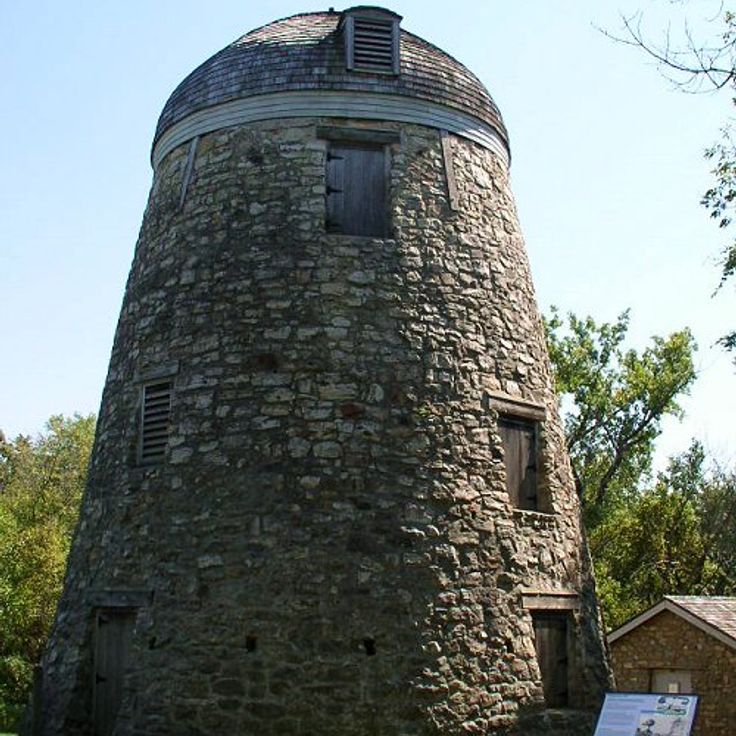
Minnesota, United States
The Seppmann Mill is a 19th-century German windmill standing on a hilltop in Minnesota. This mill was constructed entirely from local limestone and represents the German immigration history of the region. The construction follows traditional German mill-building techniques and originally served to grind grain for the agricultural community. The elevated hilltop location provided optimal wind exposure for milling operations.

Minnesota, United States
Winnewissa Falls cascades over red quartzite rock formations within Pipestone National Monument. These waterfalls hold sacred significance for Indigenous peoples of North America, who have visited this site for centuries to quarry the soft red pipestone. The water flows over layered rock formations, creating multiple cascades. The site serves as a spiritual center and remains a place of ceremonial importance for many tribes.